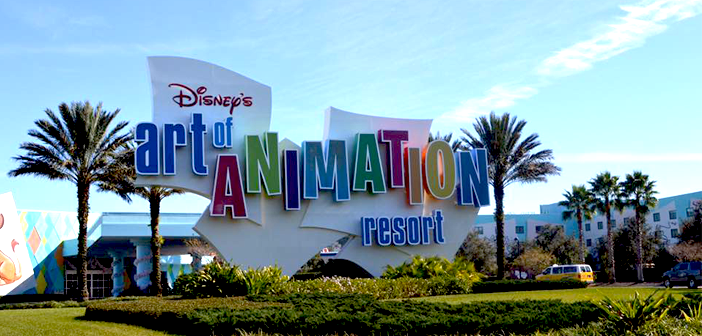
“The Art of Animation” refers to the creative process and techniques used to produce animated films, cartoons, and other forms of animated media. It encompasses various aspects including character design, background art, storyboarding, animation principles, and digital or traditional animation methods.
Character design involves creating unique and visually appealing characters that convey emotions, personality traits, and storytelling elements. Background art sets the scene for the animation, establishing the world in which the characters exist.
Storyboarding is the process of planning out the sequence of events in an animated film or scene through a series of illustrated panels, similar to a comic strip. This helps to visualize the flow of the story and determine camera angles, character actions, and scene transitions.
Animation principles, such as timing, squash and stretch, anticipation, and follow-through, are fundamental techniques used to bring characters and objects to life. These principles govern how movements are portrayed on screen, creating a sense of realism or exaggeration as desired by the animator.
Animation can be produced using traditional techniques like hand-drawn animation, where each frame is drawn by hand, or digital techniques such as computer-generated imagery (CGI), where animations are created using specialized software.
“The Art of Animation” celebrates the creativity and craftsmanship involved in bringing animated worlds and characters to life, whether it’s through traditional hand-drawn animation, stop-motion animation, or cutting-edge CGI. It’s a blend of technical skill, artistic vision, and storytelling prowess that continues to captivate audiences of all ages.
Originally, the land the Art of Animation Resort occupies was planned to be the second phase of Disney’s Pop Century Resort. As originally designed, the resort would have two sections, the “Legendary Years” section with theming from the decades 1900 through 1940 and the “Classic Years” section with theming from the decades 1950 through 1990. In the middle of the two sections would be Hourglass Lake, with a connection across the narrow, center part of the lake called the Generation Gap Bridge. Each section would have one main hall building and ten guest room buildings, with 2,880 rooms, giving the resort a grand total of 5,760 rooms.[2]
Construction on both phases started in 1999, and by 2002, construction had been started on the second phase, the “Legendary Years,” with three buildings (the main hall, along with guest room buildings 7 and 8) at least partially completed.[3][4] However, tourism suffered after the September 11 attacks, and Disney decided to halt further construction of the second phase. The first phase, the “Classic Years” section, was completed and opened in 2003.[2] At that time, Disney said that they would defer the completion of the second phase until 2007.[2] However, the three buildings stood abandoned for nearly a decade.
Disney experimented in October 2005 with converting some of the rooms at the All-Star Music Resort into two-room suites, giving families a lower-cost option to stay in the same room. Reports at the time indicated that if the test was successful, Disney would develop the second phase of Pop